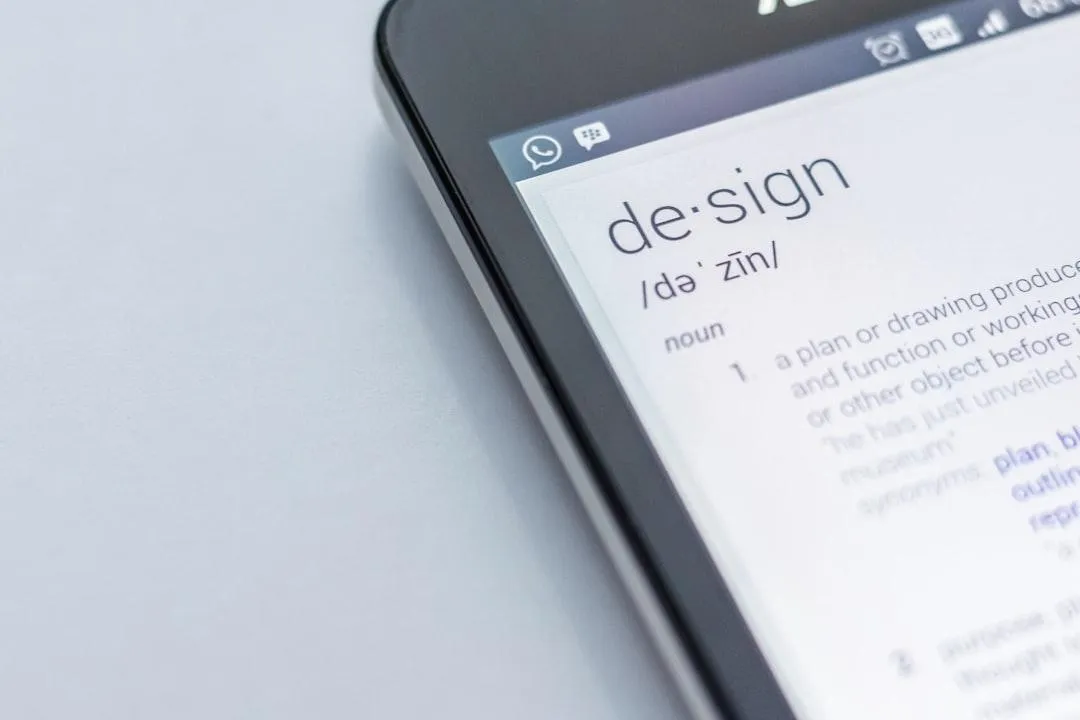
The Power of Mindful Design in Marketing: Why It Matters More Than Ever
When it comes to marketing, many solopreneurs pour their energy into words: crafting the perfect pitch, writing persuasive emails, and scripting engaging videos. Words are powerful, but there’s another element that speaks just as loudly: design.
If your ideal customer is someone intelligent, discerning, and thoughtful, design is not something you can afford to ignore. Mindful design doesn’t have to be perfect, but it must be intentional. It creates clarity and eliminates confusion, and clarity is essential for conversions. People who are confused will not buy. Let’s explore how mindful design can transform your marketing and why it is such a powerful tool.
What Is Mindful Design?
Mindful design is not about being flashy or trendy. It’s about creating a cohesive and consistent experience across your digital presence. Every visual element, from your logo to your website layout, should align with your brand’s message and appeal to your ideal customer.
Here’s what mindful design does for your brand:
1. Builds Trust: Consistent and clean design signals professionalism and reliability.
2. Improves Clarity: Well-organized visuals help guide your audience and make decision-making easier.
3. Strengthens Your Brand: A uniform design across platforms reinforces your identity and makes your business more memorable.
Good design leads to clarity. Clarity leads to confidence. Confidence leads to conversions.
Why Design Matters to Discerning Customers
For customers who value intelligence and discernment, good design isn’t just nice to have—it’s expected. A polished and professional digital presence reflects the quality of your product or service. On the flip side, mismatched colors, outdated logos, or cluttered layouts can create doubt, even if your offer is excellent.
Imagine visiting two websites offering the same service. One has consistent branding, clear navigation, and visuals that complement the content. The other is disorganized, with mismatched fonts and outdated graphics. Which one feels more trustworthy? The first, every time. That sense of trust often comes from mindful design.
The Three Pillars of Mindful Design
1. Consistency Across Platforms
Your website, social media profiles, email campaigns, and even invoices should have a unified look. Use the same color palette, typography, and tone. This consistency creates a seamless experience for your audience and strengthens their perception of your brand.
2. Simplicity Over Complexity
In design, less is often more. Avoid overwhelming your audience with too many colors, fonts, or graphics. Instead, focus on clean layouts, white space, and easy-to-read text. Simplicity communicates clarity, which in turn builds trust.
3. Design That Matches Your Audience
Your design should reflect the tastes and preferences of your ideal customer. A sleek, minimalist design might appeal to tech-savvy professionals, while a warm and inviting aesthetic could resonate with families or wellness enthusiasts. Know your audience and tailor your visuals to their expectations.
Design and Clarity Go Hand in Hand
The ultimate goal of mindful design is clarity. Your audience should be able to navigate your website, social media, or marketing materials with ease, understanding exactly what you offer and how it benefits them. When your visuals are clear and aligned with your messaging, your customers feel confident in their decision to trust you.
Clarity eliminates friction, and friction is the enemy of sales. A confusing layout, hard-to-read text, or disjointed branding can cause potential customers to abandon your site or lose interest in your offer. By investing in thoughtful design, you create a smooth and enjoyable journey for your audience.
How to Get Started with Mindful Design
You don’t need to be a professional designer to implement mindful design. Here are some practical steps to get started:
1. Audit Your Digital Presence
Take a look at your website, social media profiles, and other marketing materials. Are they visually consistent? Do they align with the preferences of your ideal customer?
2. Use Design Tools
Tools like Canva or Adobe Express make it easy to create polished designs without advanced skills. Start by creating templates for your content to maintain consistency.
3. Invest in the Basics
If your budget allows, consider hiring a designer for key elements like your logo or website. High-quality design doesn’t have to break the bank but can make a lasting impression.
4. Test and Iterate
Design isn’t a one-and-done process. Pay attention to how your audience responds to your visuals. Gather feedback, test new ideas, and refine your approach over time.
The ROI of Mindful Design
Mindful design isn’t just about aesthetics. It’s a strategic investment that can improve conversions, build trust, and elevate your brand. When your digital presence is clear, cohesive, and aligned with your audience’s expectations, you create a powerful connection that goes beyond words.
In a world where attention spans are short and competition is fierce, design is your secret weapon. It’s not about perfection; it’s about intention. By embracing mindful design, you can stand out, attract the right customers, and create a brand that people trust and remember.
Take a moment to review your digital presence today. What story does your design tell? If it’s not the one you want your audience to hear, now is the time to change that. Mindful design is more than visuals—it’s the bridge between your message and your customer’s trust.